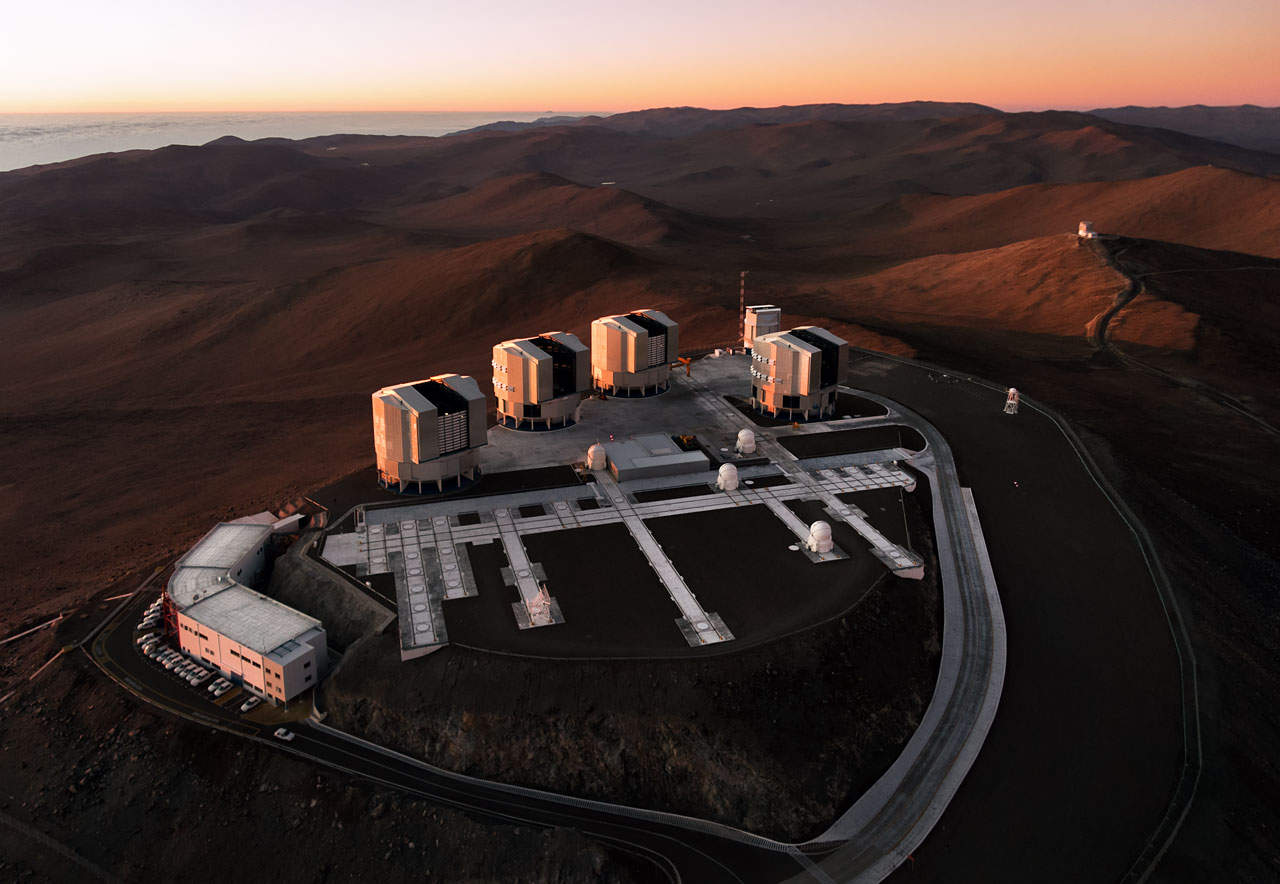China nears record launch year with Ceres-1 and SAR satellite missions

HELSINKI — Chinese launch startup Galactic Energy conducted its fourth sea launch early Thursday as China continued its recent high launch cadence.
The Ceres-1 solid rocket lifted off at 5:18 a.m. Eastern (1018 UTC) Dec. 19 from a converted mobile sea platform off the coast of Shandong province, near Rizhao city. The launch was streamed live from the coast.
Galactic Energy, the launch vehicle manufacturer, confirmed successful insertion of four Tianqi satellites. The satellites were numbered 33-36 and belong to Guodian Gaoke, a commercial firm constructing the Tianqi low-Earth orbit narrow-band Internet of Things constellation.
The satellites were sent into 850-kilometer-altitude orbits with an inclination of 45°. There are now 33 Tianqi satellites in orbit. The first phase of the Tianqi constellation will comprise 38 satellites.
It was the 16th launch of the Ceres-1, of which 15 have been successful. It is the fourth sea launch for the solid rocket. It is the third time a Ceres-1 rocket has launched a batch of four Tianqi satellites.
Galactic Energy is also working towards the debut flight of the Pallas-1 kerosene-liquid oxygen in 2025 which will eventually be adapted for first stage reusability. It will have a payload capacity of 8,000 kg to a 200-kilometer-altitude low Earth orbit (LEO), according to the company’s website.
SAR satellite launch
The Ceres-1 mission followed a launch sending four synthetic aperture radar (SAR) satellites into orbit Dec. 16.
A Long March 2D lifted off at 1:50 p.m. Eastern (1850 UTC) from Taiyuan Satellite Launch Center, north China. The satellites successfully entered predetermined orbits and the launch mission was a complete success, according to Ourspace, an official Chinese space outreach channel.
Aboard were four Piesat-2 (numbered 09-12) SAR satellites developed by commercial satellite manufacturer GalaxySpace. The satellites are equipped with SAR payloads, intelligent processing systems and mission planning capabilities, the company said in a statement. GalaxySpace is one of a number of companies in China developing SAR satellites.
U.S. space domain awareness cataloged four objects in 518 by 533-km-altitude orbits inclined by 97.5 degrees.
The launches were China’s 65th and 66th orbital launch attempts of 2024, with more than 260 spacecraft sent into orbit. The country launched a national record 67 times in 2023, with 221 spacecraft launched.
The launches were also the sixth and seventh Chinese launches in December. This number includes the Long March 5B launch of the first Guowang megaconstellation satellites and third batch of Qianfan (Thousand Sails) satellites.
China appears set to surpass its launch record with a Long March 3B launch (expected Dec. 20) from Xichang and other missions planned for the coming days.
A fourth set of Qianfan satellites are scheduled to launch on a Long March 8 rocket from the new Hainan commercial space launch center around 9:00 p.m. Eastern Dec. 22 (0200 UTC, Dec. 23). This will add to the 54 satellites already in orbit for the Qianfan low Earth orbit megaconstellation.
The number of both Chinese launches and satellites sent into space is expected to rise greatly next year as the country begins to construct the Qianfan and Guowang megaconstellations.
Related
Read the original article here




